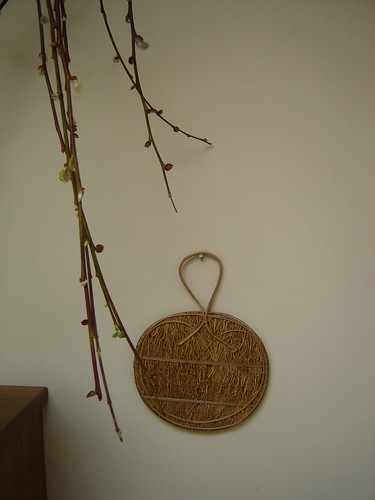I told you earlier about my new fascination with vetiver. And I promised I will let you in on bits of my process for making a vetiver “soliflore” – well, that would be a single note, not a single “floral” literally, because vetiver is a root. Not a flower. I am not sure where this vetiver adventure is going to lead me. I am hoping to discover new things about vetiver, as well as new and exciting combinations that will go with the different varieties at my disposal. I may launch a perfume that is all about vetiver, or I may not. This is an experiment and a study of vetiver made public on this blog, and I hope you will enjoy your ride with me here.
What I do know is that I will publish here on my blog my notes and thought and descriptions of my different mods, and if you are curious to try, I will make sample sizes available for purchasing upon request (the price is $8 including shipping worldwide). It will be like an open-ended dialog about vetiver, and you will witness some of the process here on SmellyBlog.
Another thing that I would like to do during this vetiver marathon, is take a moment to observe some of my olfactory relationship with vetiver, as well as some particular ways I utilized it in some of my perfumes. I think this will provide an interesting insight into the versatility of vetiver and how it can contribute to perfumes that are very very different from one another. But this has nothing to do with the mods for vetiver, so let's begin in the beginning: Vetiver Blanc.





